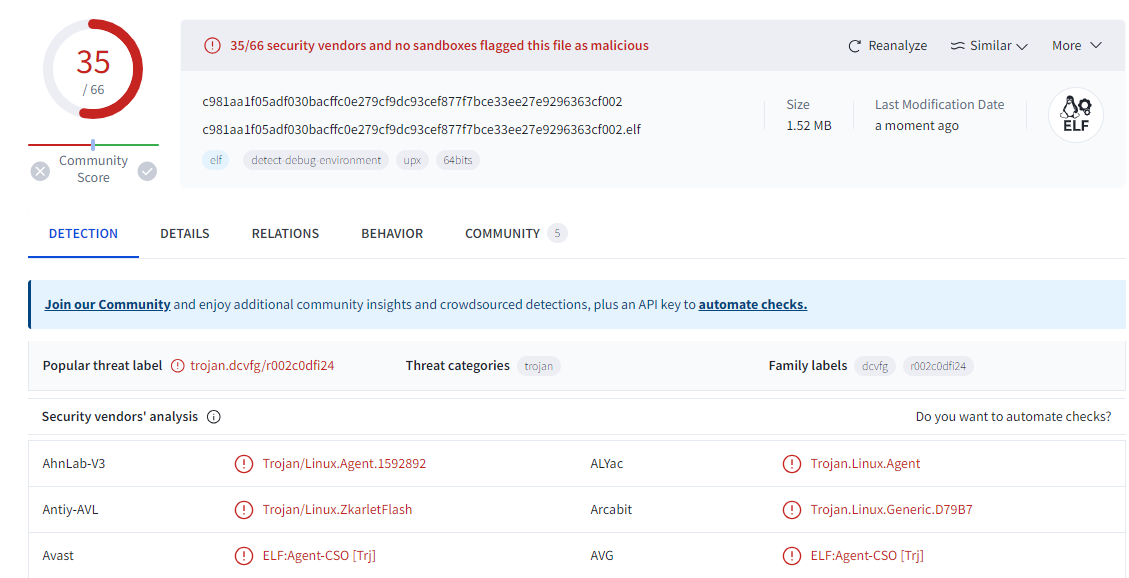The Surge of 'Self-Generated' Images in Online Child Exploitation
Introduction
In the era of the internet where everything is accessible at your fingertip, a disturbing trend is on the rise- over 90% of websites containing child abuse material now have self-generated images, obtained from victims as young as three years old. A shocking revelation, shared by the (IWF) internet watch foundation, The findings of the IWF have caused concern about the increasing exploitation of children below the age of 10. The alarming trend highlights the increasing exploitation of children under the age of 10, who are coerced, blackmailed, tricked, or groomed into participating in explicit acts online. The IWF's data for 2023 reveals a record-breaking 275,655 websites hosting child sexual abuse material, with 92% of them containing such "self-generated" content.
Disturbing Tactics Shift
Disturbing numbers came that, highlight a distressing truth. In 2023, 275,655 websites were discovered to hold child sexual abuse content, reaching a new record and reflecting an alarming 8% increase over the previous year. What's more concerning is that 92% of these websites had photos or videos generated by the website itself. Surprisingly, 107,615 of these websites had content involving children under the age of ten, with 2,500 explicitly featuring youngsters aged three to six.
Profound worries
Deep concern about the rising incidence of images taken by extortion or coercion from elementary school-aged youngsters. This footage is currently being distributed on very graphic and specialised websites devoted to child sexual assault. The process begins in a child's bedroom with the use of a camera and includes the exchange, dissemination, and gathering of explicit content by devoted and determined persons who engage in sexual exploitation. These criminals are ruthless. The materials are being circulated via mail, instant messaging, chat rooms, and social media platforms, (WhatsApp, Telegram, Skype, etc.)
Live Streaming of such material involves real-time broadcast which again is a major concern as the nature of the internet is borderless the access to such material is international, national, and regional, which even makes it difficult to get the predators and convict them. With the growth, it has become easy for predators to generate “self-generated “images or videos.
Financial Exploitation in the Shadows: The Alarming Rise of Sextortion
Looking at the statistics globally there have been studies that show an extremely shocking pattern known as “sextortion”, in which adolescents are targeted for extortion and forced to pay money under the threat of exposing images to their families or relatives and friends or on social media. The offender's goal is to obtain sexual gratification.
The financial variation of sextortion takes a darker turn, with criminals luring kids into making sexual content and then extorting them for money. They threaten to reveal the incriminating content unless their cash demands, which are frequently made in the form of gift cards, mobile payment services, wire transfers, or cryptocurrencies, are satisfied. In this situation, the predators are primarily driven by money gain, but the psychological impact on their victims is as terrible. A shocking case was highlighted where an 18-year-old was landed in jail for blackmailing a young girl, sending indecent images and videos to threaten her via Snapchat. The offender was pleaded guilty.
The Question on Security?
The introduction of end-to-end encryption in platforms like Facebook Messenger has triggered concerns within law enforcement agencies. While enhancing user privacy, critics argue that it may inadvertently facilitate criminal activities, particularly the exploitation of vulnerable individuals. The alignment with other encrypted services is seen as a potential challenge, making it harder to detect and investigate crimes, thus raising questions about finding a balance between privacy and public safety.
One of the major concerns in the online safety of children is the implementation of encryption by asserting that it enhances the security of individuals, particularly children, by safeguarding them from hackers, scammers, and criminals. They underscored their dedication to enforcing safety protocols, such as prohibiting adults from texting teenagers who do not follow them and employing technology to detect and counteract bad conduct.
These distressing revelations highlight the urgent need for comprehensive action to protect our society's most vulnerable citizens i.e., children, youngsters, and adolescents throughout the era of digital progress. As experts and politicians grapple with these troubling trends, the need for action to safeguard kids online becomes increasingly urgent.
Role of Technology in Combating Online Exploitation
With the rise of technology, there has been a rise in online child abuse, technology also serves as a powerful tool to combat it. The advanced algorithms and use of Artificial intelligence tools can be used to disseminate ‘self-generated’ images. Additional tech companies can collaborate and develop some effective solutions to safeguard every child and individual.
Role of law enforcement agencies
Child abuse knows no borders, and addressing the issues requires legal intervention at all levels. National, regional, and international law enforcement agencies investigate online child sexual exploitation and abuse and cooperate in the investigation of these cybercrimes, Various investigating agencies need to have mutual legal assistance and extradition, bilateral, and multilateral conventions to conduct to identify, investigate, and prosecute perpetrators of online child sexual exploitation and abuse. Apart from this cooperation between private and government agencies is important, sharing the database of perpetrators can help the agencies to get them caught.
How do you safeguard your children?
Looking at the present scenario it has become a crucial part of protecting and safeguarding our children online against online child abuse here are some practical steps that can help in safeguarding your loved one.
- Open communication: Establish open communication with your children, make them feel comfortable, and share your experiences with them, make them understand what good internet surfing is and educate them about the possible risks without generating fear.
- Teach Online Safety: educate your children about the importance of privacy and the risks associated with it. Teach them strong privacy habits like not sharing any personal information with a stranger on any social media platform. Teach them to create some unique passwords and to make them aware not to click on any suspicious links or download files from unknown sources.
- Set boundaries: As a parent set rules and guidelines for internet usage, set time limits, and monitor their online activities without infringing their privacy. Monitor their social media platforms and discuss inappropriate behaviour or online harassment. As a parent take an interest in your children's online activities, websites, and apps inform them, and teach them online safety measures.
Conclusion
The predominance of self-generated' photos in online child abuse content necessitates immediate attention and coordinated action from governments, technology corporations, and society as a whole. As we negotiate the complicated environment of the digital age, we must be watchful, modify our techniques, and collaborate to defend the innocence of the most vulnerable among us. To combat online child exploitation, we must all work together to build a safer, more secure online environment for children all around the world.
References
- https://www.the420.in/over-90-of-websites-containing-child-abuse-feature-self-generated-images-warns-iwf/
- https://news.sky.com/story/self-generated-images-found-on-92-of-websites-containing-child-sexual-abuse-with-victims-as-young-as-three-13049628
- https://www.firstpost.com/world/russia-rejects-us-proposal-to-resume-talks-on-nuclear-arms-control-13630672.html
- https://www.news4hackers.com/iwf-warns-that-more-than-90-of-websites-contain-self-generated-child-abuse-images/















